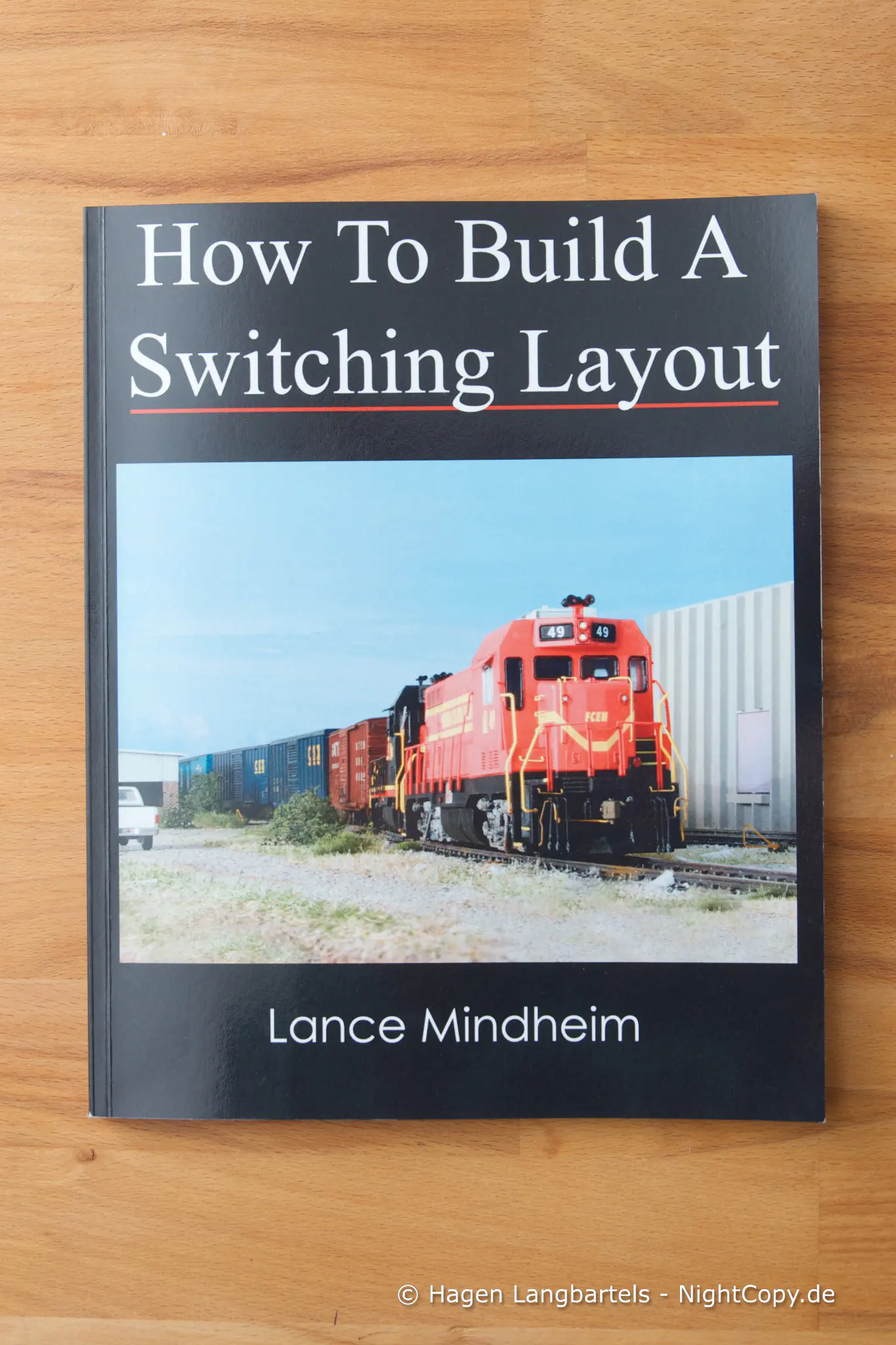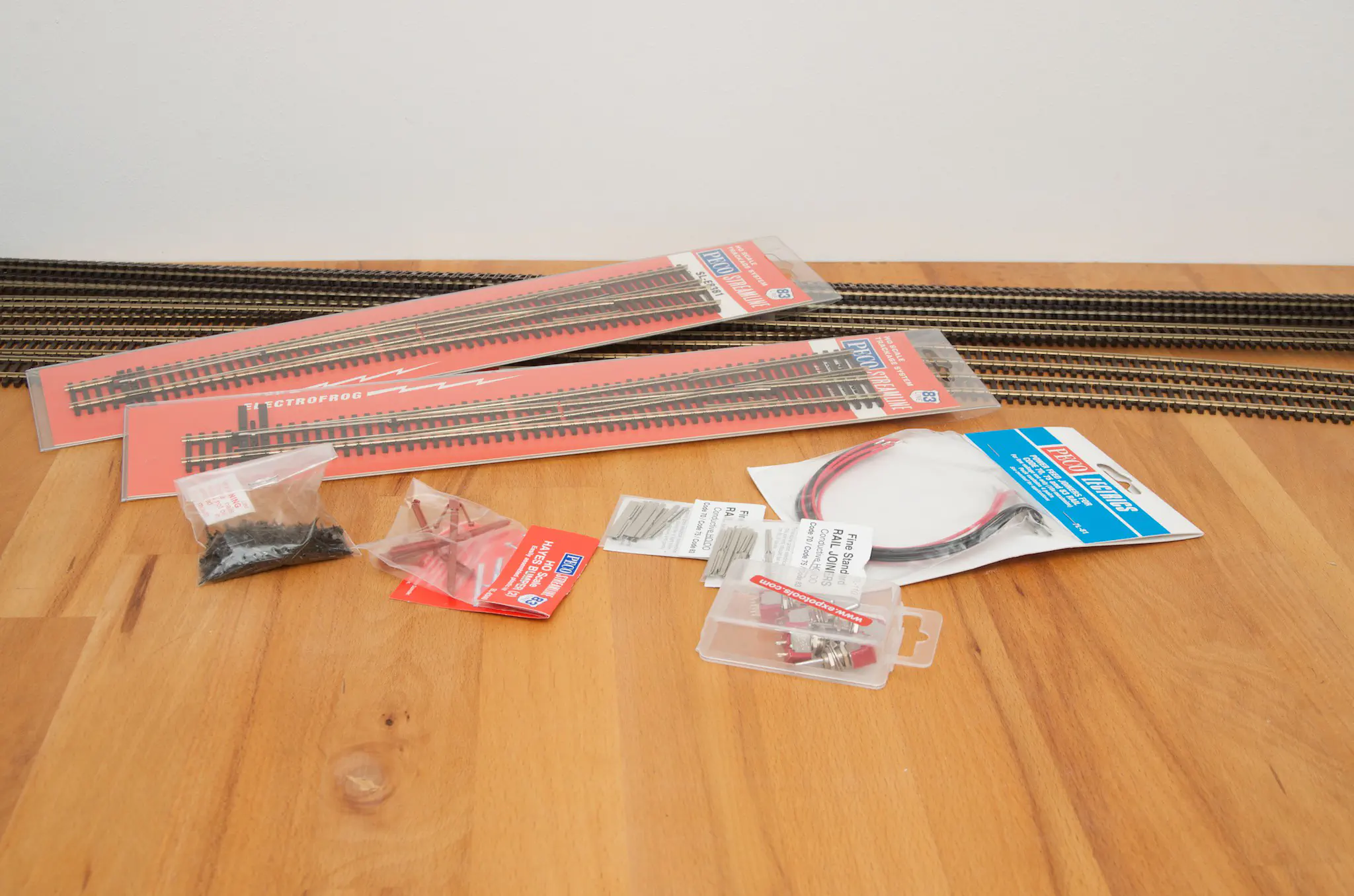Selecting a subject to model
There are endless options. Thousands of subjects to modeI, different eras. Different environments like industrial, urban or country side.I saw a lot of different and very inspiring scenes, either prototypes or models. So tempting.
I personally think it is really hard to choose a certain subject for a model railroad. There are many aspects to consider. The preferred era, environment, subject, available space prototype. What a hard task. Who would volunteer for such job? Well, it looks as I will.
Yet another book: How To Build a Switching Layout
I got another book. How To Build a Switching Layout by Lance Mindheim. It adds to my collection of Mindheims books.
As the others, the layout of the text is not the best for readability and you get not very much text for the buck. But it is not the quantity that counts, it is the quality. And quality it has. It is condensed to the basics you need to know. I love the Mindheim’s photography and these pictures are one of the reasons for my passion for american railroads.
The Track: Peco Code 83
Freight Cars
After buying the Locomotive I looked for some freight cars. I have absolutely no experience with models of american freight cars. Additionally I will do my very first steps into weathering with these cars, thus I looked for the least expensive cars that were available at RD-Hobby. I didn’t want to wait too long, so availability was another parameter. After some fiddling through the online shop, I have ordered this batch of cars:
My first US-Locomotive
For a US-Railroad layout I need an american locomotive. As an experienced arm-chair modeler I am great in acquiring rolling stock. After reading some of Lance Mindheim’s books I really fell in love with the look of the CSX locomotives, especially the YN2 theme (bright future). I like switchers and small road switchers most, like the EMD MP15 or GP38 and similar. Due to my experiences with sound and for such a small layout with slow operations I think sound is a must.
Model Railroading: My Intentions
As I mentioned before I am very interested in north american railways. I like the operational aspect of switching small industries and the modern era railroad. Here in Germany it is hard to find prototypes for small rail served industries for a small switching layout. This and the huge amount of available information about american prototypes (Magazines, Videos, Google-Streetview) strengthens my interest in north american railroads as a subject for my modeling activities.
Model railroading: My history
My name is Hagen Langbartels and I live in northern Germany, near Hamburg. On these pages I plan to collect information about modeling railroads and to document my forthcoming in the conversion from an armchair modeler to an active model railroad hobbyist.
I startet my career in ‘playing with trains’ when I was about seven or eight years old. One day, a few weeks before christmas, we have visited my uncle and returned with three or four packing cases full of railroad stuff. These boxes contained the railroad my dad and uncle have played with in the mid 1950’s. It was all Märklin with its M-Track. There were two locomotives (a V200 and a BR24), some cars, a lot structures and automobile models from Wiking. I had a lot of fun with this stuff. A friend and I were playing with the railroad on the carpet in a spare room of our house. On christmas I got some additional track and my dad set up a baseboard in my room. The baseboard had a size of 1.35 m by 2,7 m (about 4.5′ by 9′). I loved it. We had lots of fun with this layout.





